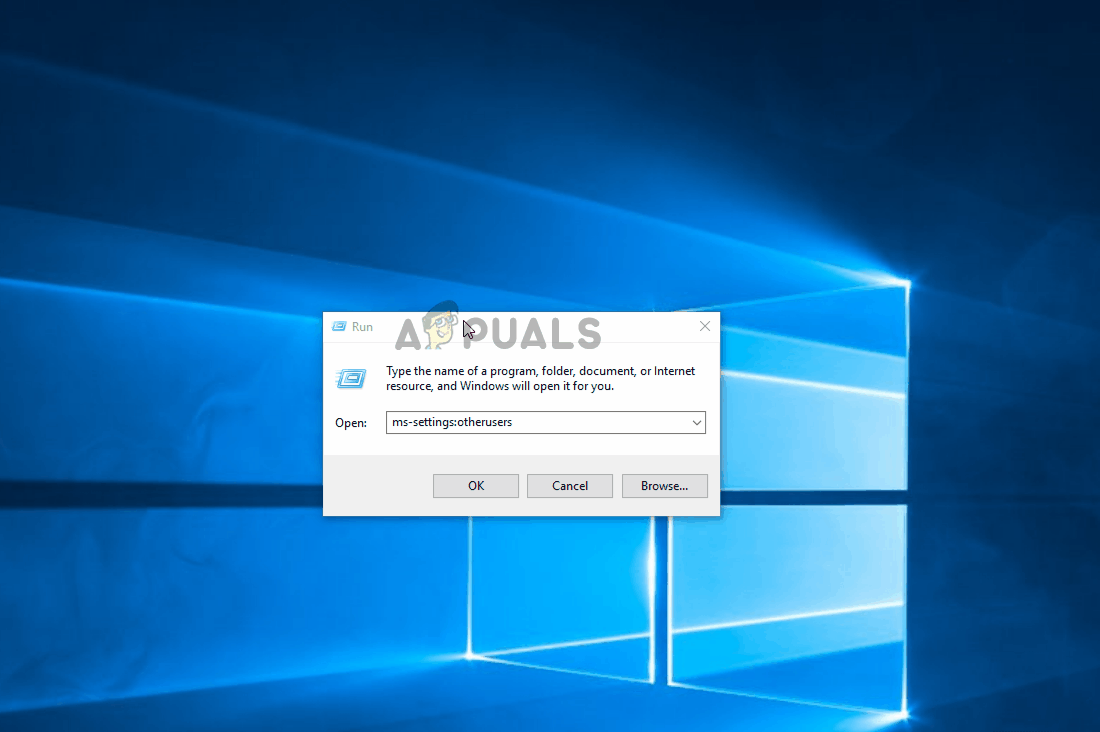How to Fix the 0xc00d36cb Error on Windows?
Several Windows users have been reaching us with questions after being unable to play certain video formats (particularly .MKV formats) or when trying to rename or modify other details of an .MP3 or .MP4 files. The error code that comes up is 0xC00D36CB. While some users are reporting that the issue only occurs with a handful of files, others say that they can’t suddenly can’t play any files that are of .MKV format. Although the issue is most commonly reported on Windows 10, we also managed to find some occurrences on Windows 7 and Windows 8.1.

What’s causing the 0xC00D36CB error code?
We investigated this particular issue by looking at various user reports and trying out different fixes that have been recommended as effective by some users that managed to resolve or circumvent the issue. As it turns out, several potential causes might trigger this particular error code.
Here’s a shortlist with potential culprits that might be responsible for the 0xC00D36CB error:
- Generic glitched component – One of the most common causes that will produce this error code is a generic glitch that will end up interfering with the video playback functionality. In this scenario, Windows 10 is most likely equipped to resolve the issue automatically. You should be able to fix the problem by running the Video Playback Troubleshooter.
- Corrupted Windows Store component – As it turns out, this particular issue can also occur due to a Windows Store issue. The playback of.MKV files are achieved with a Windows Store dependency, so corruption inside the store can end up affecting your PC’s video playback capabilities. In this case, you can resolve the issue by resetting Windows Store (either via a CMD window or by using the GUI)
- File doesn’t have the correct permissions – If you’re encountering this error while trying to move, modify or manage a file, you may be seeing the error code because the user that’s currently logged in doesn’t have the necessary permissions. In this case, you can resolve the issue by changing the ownership of the file to Everyone, so every user can modify it.
- Broken User Profile – In more severe cases, the origin of this error code can be traced back to a corrupted user profile. If you only started seeing this error after a security scan quarantined some items, chances are your user profile was tainted by corruption. In this scenario, you should be able to resolve the issue by creating and using a new user profile.
If you’re encountering this exact error code and one of the scenarios presented above seems applicable, chances are you will be able to resolve the issue by following one of the potential fixes presented in this article. Down below, you’ll find a collection of potential fixes that have been confirmed to work by other affected users struggling to resolve the same 0xC00D36CB error.
To remain as efficient as possible, we advise you to follow the methods below in the same order that we arranged them in (via their efficiency and severity). If you stick to the order, you should eventually stumble upon an applicable fix that will allow you to repair or circumvent the problem regardless of the culprit that’s causing the problem.
Let’s begin!
Method 1: Running the Video Playback troubleshooter (Windows 10 only)
Before you jump into more advanced repair strategies, let’s start by ensuring that your Windows 10 computer is not capable of resolving the issue automatically. The reason why you’re encountering the 0xC00D36CB error is likely because of some type of glitched or corrupted component that is inhibiting the normal video playback.
Fortunately, Windows 10 is quite good at identifying and repairing the most common causes that will interfere with its video playback capabilities. Several Windows 10 users that encountered this particular error code have managed to resolve the issue by running the Video Playback troubleshooter to identify and deploy an appropriate fix automatically.
Here’s a quick guide on running the Video Playback troubleshooter via the built-in Windows 10 menu:
- Press Windows key + R to open up a Run dialog box. Then, type “ms-settings:troubleshoot” and press Enter to open up the Troubleshooting tab of the Settings tab.
- Once you’re inside the Troubleshooting window, look over at the right pane and scroll down to the Find and fix other problems. When you get there, click on Video Playback, then click on Run the troubleshooter from the newly appeared context menu.
- After the utility is started, wait until the initial scan is complete. This procedure will determine whether any of the repair strategies included with the utility apply to your current situation. If an applicable repair strategy is found, click on Apply this fix to enforce the recommended repair strategy.
- Once the repair strategy is enforced, restart your computer to apply the changes and wait for the next startup sequence to complete. After the next startup sequence is complete, repeat the action that was previously triggering the 0xC00D36CB error and see if the issue is now resolved.
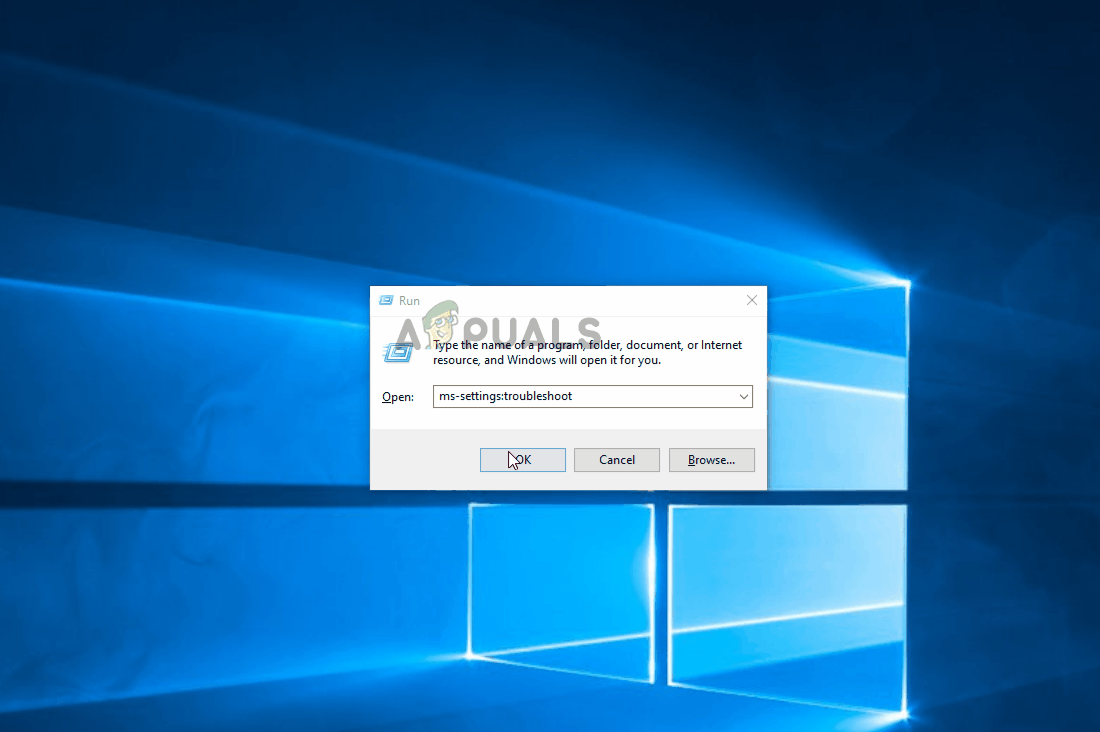
If you’re still encountering the 0xC00D36CB error even after you performed the steps above, move down to the next method below.
Method 2: Resetting Windows Store (Windows 10 Only)
After analyzing several different user reports, it seems like this particular issue can also occur due to a Windows Store issue. The playback of .MKV files are routed through a Windows Store component, so any type of corruption that affects the Windows store might have consequences on how your system plays certain video files.
In some cases, users reported that the issue only started occurring after they ran a security scan that ended up quarantining some items that are essential to Windows Store. Users that found themselves in this scenario have reported that the issue was resolved after they reset Windows Store along with any associated components.
When it comes to resetting Windows Store on a Windows 10 computer, you have two ways forward. – You either do it directly from an elevated CMD terminal or you do it by using the GUI via the Settings app.
Although the first option is quicker, it involves doing some operations inside a CMD window, which might intimidate some users. If you’re not confident in your technical abilities, we advise you to follow the second guide since it’s easier to follow for non-technical persons.
Resetting the Windows Store cache via CMD
- Open up a Run dialog box by pressing Windows key + R. Next, type “cmd” inside the Run window text box and press Ctrl + Shift + Enter to open up a Command Prompt with administrative privileges. When you’re prompted by the UAC (User Account Control), click Yes to grant admin access.
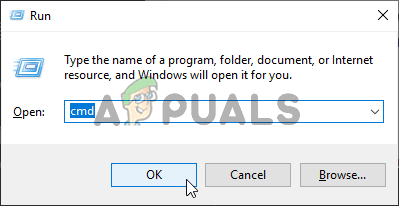
Running Command Prompt - When you’re inside the elevated Command Prompt, type the following command and press Enter to reset Windows store along with all dependencies:
wsreset.exe

Resetting Windows Store - Once the command is processed successfully, restart your computer and see if the issue is resolved at the next system startup.
Resetting Windows Store cache via Settings App
- Press Windows key + R to open up a Run dialog box. Inside the newly opened Run box, type “‘ms-settings:appsfeatures” and press Enter to open up the Apps & Features menu of the Settings app.
- After you manage to get inside the Apps & Features screen, scroll down through the list of installed Universal Windows Platform (UWP) apps and locate the Microsoft Store entry.
- Once you find the correct application, look for the Advanced Options hyperlink and click on it (under where the Publisher is listed).
- After you manage to find your way inside the Advanced options menu, click on the Reset button, then click on Reset once again to confirm and initiate the process of clearing the cache.
- Wait until the process is complete, then reboot your computer and see if the issue is resolved at the next computer startup.

If the same 0xC00D36CB error is still occurring when you perform the same action, move down to the next method below.
Method 3: Modifying the permissions of the file
As some affected users have reported, this particular issue can also occur due to a permission issue. If you’re encountering the issue while trying to change certain details of a .MP3 or .MP4 file, chances are you will be able to fix the issue by accessing the Properties screen and changing the Owner to Everyone.
Several users that encountered this issue on a PC with multiple Windows accounts have reported that they were suddenly able to rename or manipulate the file without encountering the 0xC00D36CB error after changing the ownership of the file.
Here’s a quick guide on modifying the permissions of the file to avoid an ownership conflict:
- Right-click on the file that’s causing the problem and click on Properties from the newly appeared context menu.
- Once you’re inside the Properties screen, select the Security tab from the ribbon menu at the top.
- Next, click the Advanced button under Permissions for.
- When you’re inside the Advanced Security Settings for the file that’s giving you problems, look for the Owner section at the top and click on the Change button associated with it.
- Inside the Select User or Group window, go over to the Enter the object name to select section and type Everyone in the text box. Then, click on Check Names to verify the new ownership.
- Click Ok to save the changes, then click on Apply to save the new owner.
- Close all the previously opened windows, then repeat the action that was previously triggering the error and see if the issue is now resolved.
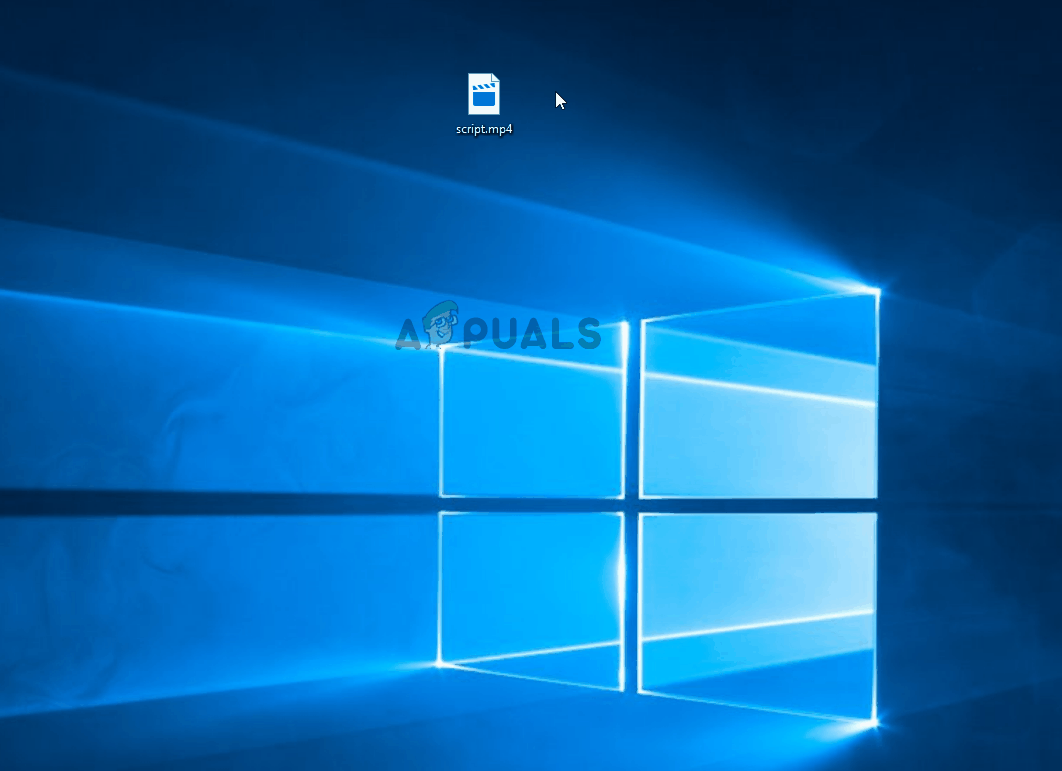
If you’re still encountering the 0xC00D36CB error when trying to modify or move the file, move down to the final method below.
Method 4: Creating a new user profile
If none of the methods above have allowed you to circumvent or resolve the 0xC00D36CB error, chances are you’re dealing with a corrupted Windows profile that is interfering with the normal video playback functionality.
Several Windows users that were also struggling to resolve this issue have finally been able to resolve the issue by creating a new user profile and use that instead of the corrupted one that was previously causing the issue.
Here’s a quick guide on creating a new user profile on Windows 10:
- Open up a new Run dialog box by pressing Windows key + R. Next, type “ms-settings:otherusers” inside the text box and press Enter to open up the Family & other people tab of the Settings app.
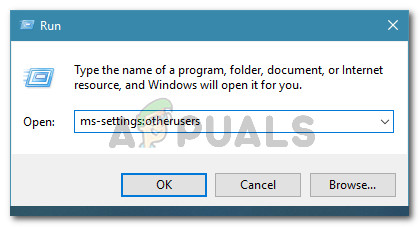
Running dialog: ms-settings:otherusers - Once you’re inside the Family & other users tab, move down to the right-hand pane and scroll down to the Other users section. When you manage to get there, click on Add someone else to this PC.
- In the new setup screen, start by adding the email and phone number associated with your Microsoft account. In case you want to establish a local account, click on “I don’t have this person’s sign-in information”.
- In the next screen, start typing the credentials of your Microsoft account or click on Add a user without a Microsoft account (if you want to go for a Local account).
Note: Keep in mind that if you create a local account, some online features will stop functioning. - Set up a user name and a password for your new account. You’ll then be prompted to assign a security question. You should do this so you have a recovery option in case you forget your password.
- After you manage to create your account, restart your computer and log in with your new account during the next startup sequence.
- Once the next startup sequence is complete, see if you can play .MCV, .MP3, or .MP4 files without encountering the 0xC00D36CB error.
